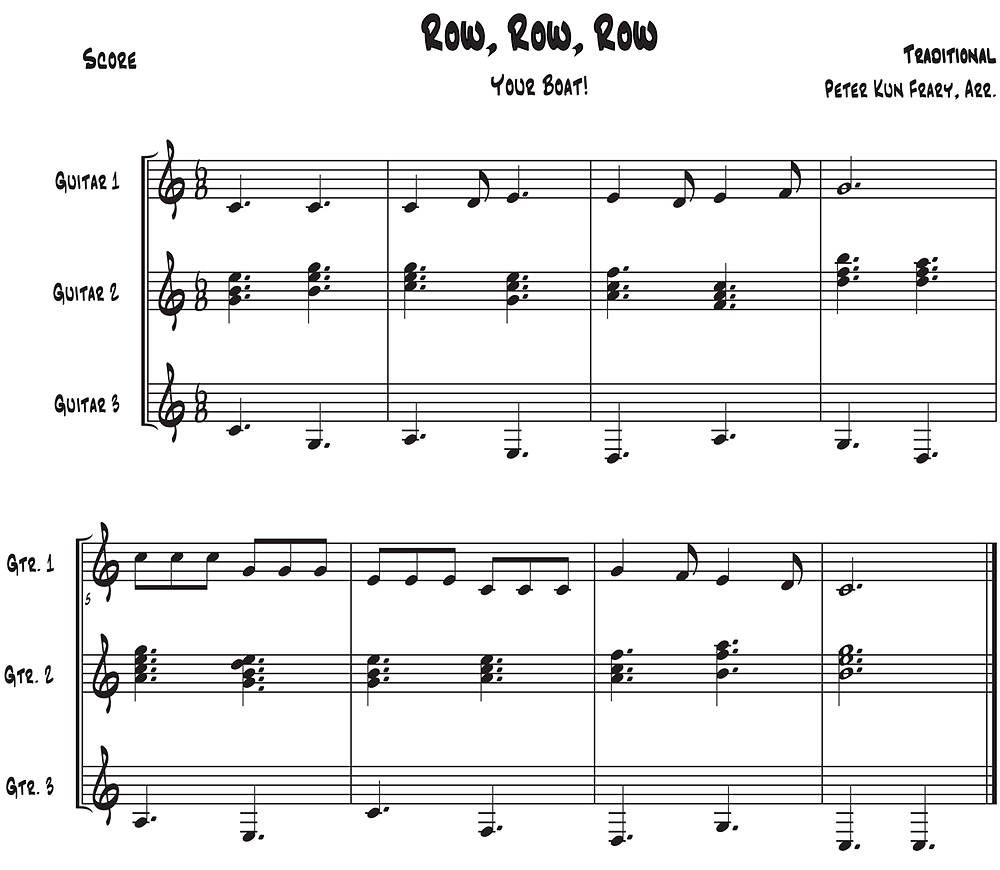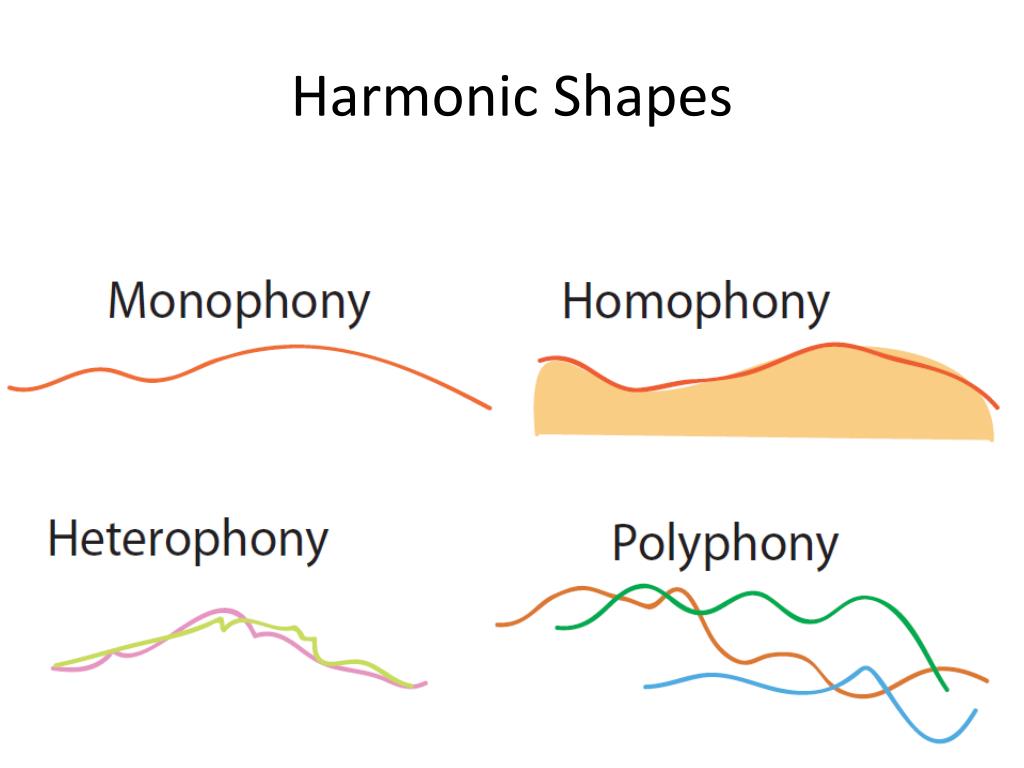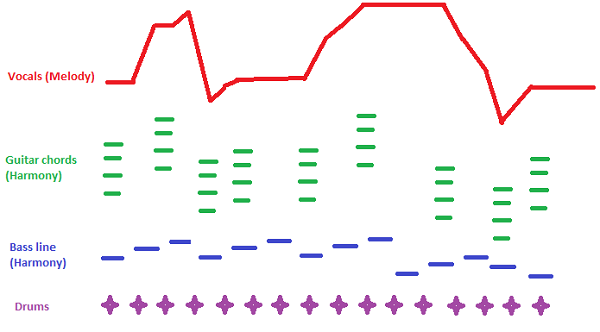

The Texture of Music: From Purcell to Brahms.

Palisca's A History of Western Music, fifth edition. Hanning, Barbara Russano, Concise History of Western Music, based on Donald Jay Grout and Claude V.edited by Deane Root (subscription required). Frobenius, Wolf, Peter Cooke, Caroline Bithell, and Izaly Zemtsovsky: "Polyphony", Grove Music Online.Musical Forms and Textures: A Reference Guide, second edition. What to Listen for in Music, revised edition. Anon.: "Monophony", Grove Music Online, edited by Deane L.Englewood Cliffs, New Jersey: Prentice-Hall. In Aspects of Twentieth-Century Music, edited by Gary Wittlich, pp. 270–301. "Melody: Linear Aspects of Twentieth-Century Music".

Arranging Music for the Real World: Classical and Commercial Aspects. Music: In Theory and Practice, seventh edition, vol. Benward, Bruce, and Marilyn Nadine Saker (2003).

sfn error: no target: CITEREFIsaac_&_Russell2003 ( help) The types categorized by number and relationship of parts are analyzed and determined through the labeling of primary textural elements: primary melody (PM), secondary melody (SM), parallel supporting melody (PSM), static support (SS), harmonic support (HS), rhythmic support (RS), and harmonic and rhythmic support (HRS). A piece's texture may be changed by the number and character of parts playing at once, the timbre of the instruments or voices playing these parts and the harmony, tempo, and rhythms used. The thickness varies from light to thick. The thickness also is changed by the amount and the richness of the instruments playing the piece. One of these layers could be a string section or another brass. For example, a thick texture contains many 'layers' of instruments. The texture is often described in regard to the density, or thickness, and range, or width, between lowest and highest pitches, in relative terms as well as more specifically distinguished according to the number of voices, or parts, and the relationship between these voices (see Common types below). In music, texture is how the tempo, melodic, and harmonic materials are combined in a musical composition, determining the overall quality of the sound in a piece. 1–7 features octave doubling and a homorhythmic texture. This point-against-point conception is opposed to "successive composition", where voices were written in an order with each new voice fitting into the whole so far constructed, which was previously assumed.Introduction to Sousa's " Washington Post March", mm. In all cases the conception was likely what Margaret Bent calls "dyadic counterpoint", with each part being written generally against one other part, with all parts modified if needed in the end. Also, as opposed to the species terminology of counterpoint, polyphony was generally either "pitch-against-pitch" / "point-against-point" or "sustained-pitch" in one part with melismas of varying lengths in another. Baroque forms such as the fugue, which might be called polyphonic, are usually described instead as contrapuntal. Within the context of the Western musical tradition, the term is usually used to refer to music of the late Middle Ages and Renaissance. In music, polyphony is a texture consisting of two or more simultaneous lines of independent melody, as opposed to music with just one voice or music with one dominant melodic voice accompanied by chords. Freebase (2.00 / 1 vote) Rate this definition:


 0 kommentar(er)
0 kommentar(er)
